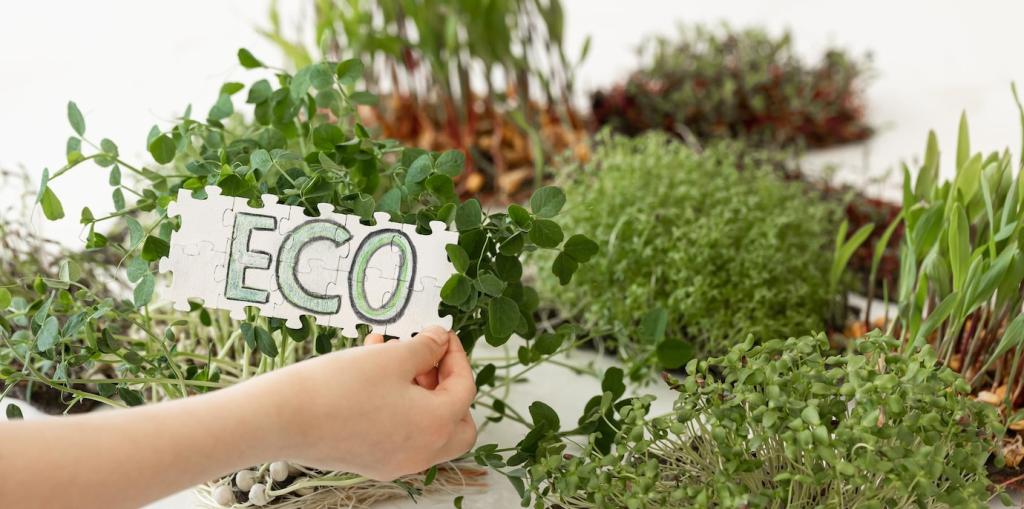Retrofit Stories from the City
A downtown branch turned its flat roof into a learning landscape. Students tracked pollinators, measured temperature differences, and wrote poetry among wildflowers. The custodial team proudly reports fewer leaks, too. Have a similar transformation in mind? Share your idea, and we’ll connect you with resources.
Retrofit Stories from the City
A modest foyer wall became a lush green welcome that changed hallway behavior. Teams lingered, chatted, and sketched ideas beside ferns and philodendrons; unexpected partnerships formed. What would you plant in your entryway? Comment your wish list and invite your teammates to subscribe for design tips.






